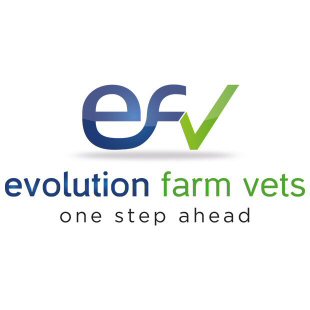This is a disease of high production dairy cows in the post-paturient period. It is most common in systems where all cows (high and low yield groups) are fed the same ration and is more common in adult cows than heifers. It occurs mainly in the first two weeks of lactation, but can occur up to a month post-calving. It is a similar disease process to ketosis, but is a more severe form of disease that affects over-fat animals. The disease occurs when high producing dairy cows become fat in late pregnancy/dry period meaning that their body condition score at calving is too high. At calving the cow develops a negative energy balance due to the sudden energy demand of lactation, and so the body mobilises the excess fat deposits in the body to meet the extra energy requirements. It is known than cows with a high body condition score at calving have a much lower appetite than those of ideal body condition. The low appetite means that in overweight cows, fat deposits are mobilised a lot more than in cows of ideal body condition, because their energy intake is much lower. Mobilisation of fat stores leads to hyperlipaemia (excess fat in the blood) and deposition of fat in the liver and other organs. The liver is unable to function effectively and can no longer convert fats into glucose, leading to hypoglycaemia. Lack of availability of glucose leads to production of ketones, which spill over into the urine and lead to ketosis. Fatty liver syndrome is associated with an increased incidence of metabolic, infectious and reproductive disorders, including milk fever, ketosis, mastitis and retained foetal membranes.
Clinical Signs
- May be subclinical
- Most common indication is a high incidence of disease around the time of calving (milk fever, ketosis, mastitis, retention of foetal membranes)
- Body condition score greater than 3.5 at calving, but drops quickly to less than 2 by 4 weeks post calving
- Anorexia
- Depression
- Rapid weight loss
- Drop in milk production
- Weakness and recumbency
- Nervous system problems
- Death
Treatment
The aim of treatment is to return the cow to positive energy balance by feeding a high quality, palatable roughage. An initial bolus of intravenous glucose until the cow starts to eat will be beneficial, and oral propylene glycol will provide a source of energy. The condition is prevented by preventing the cow from putting on weight pre-calving. Ideally, cows should calve with a body condition score no higher than 3.0.
